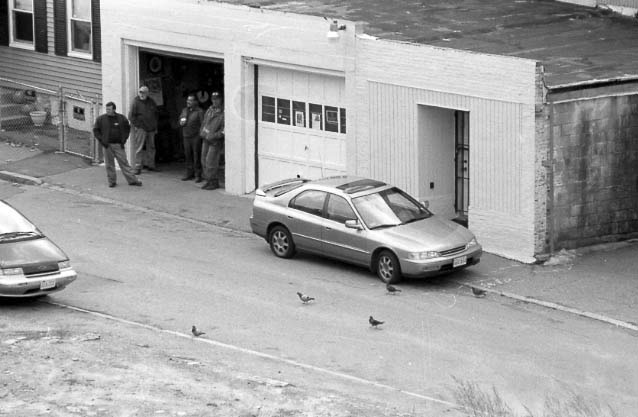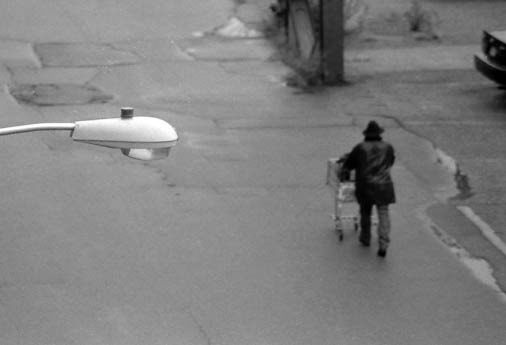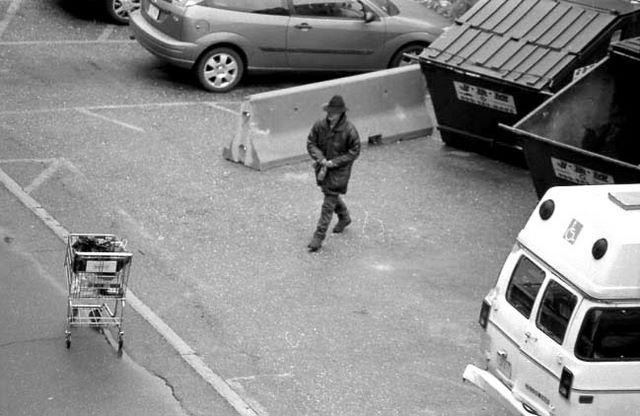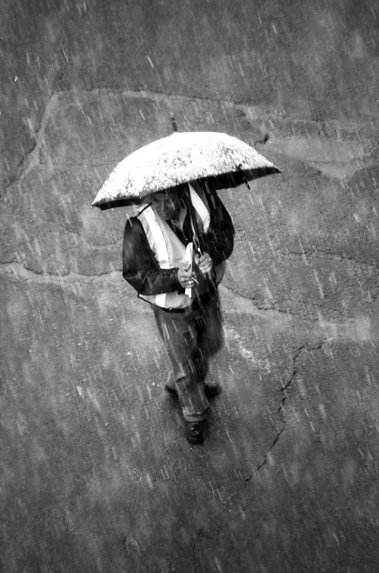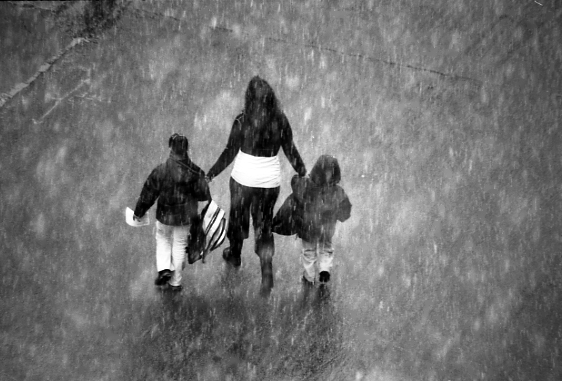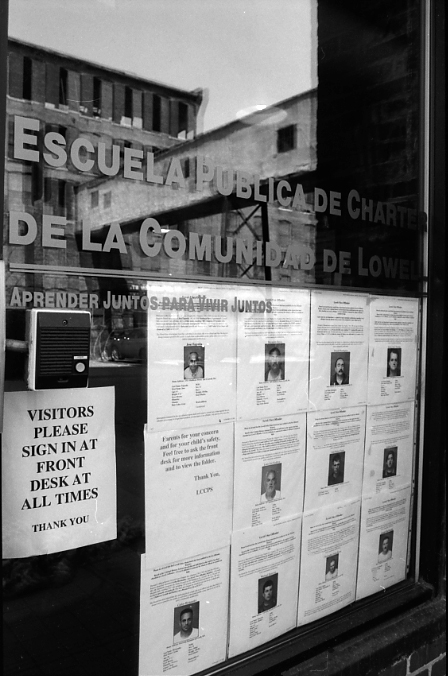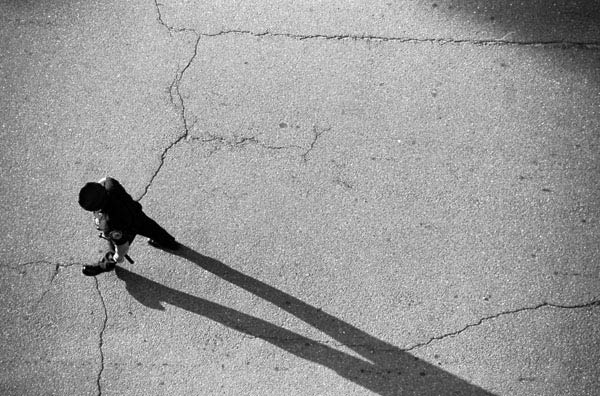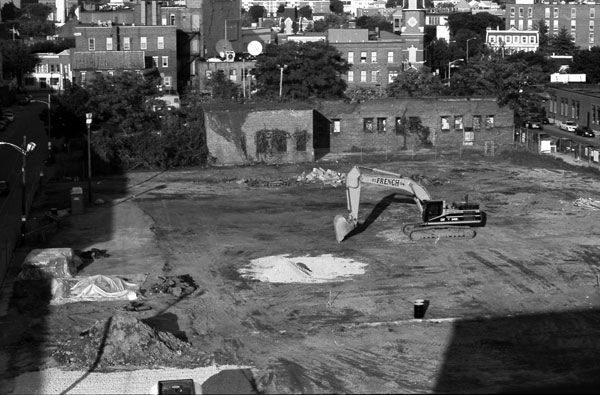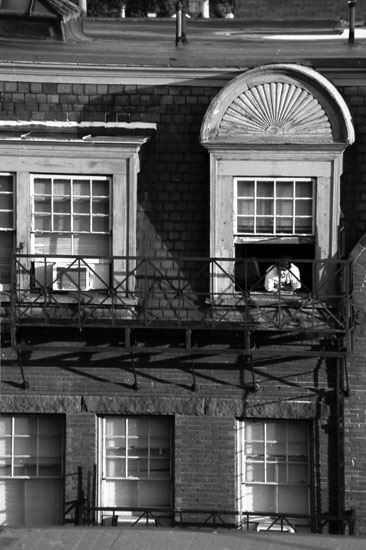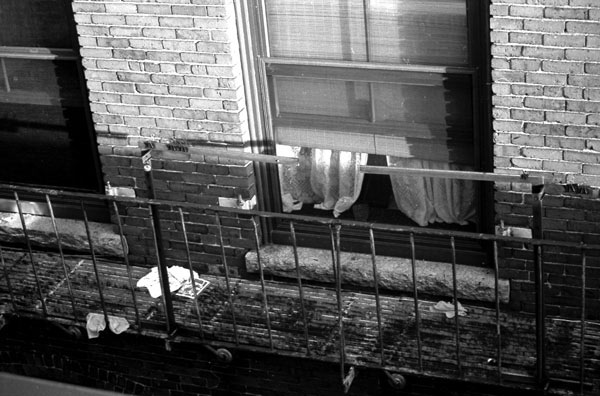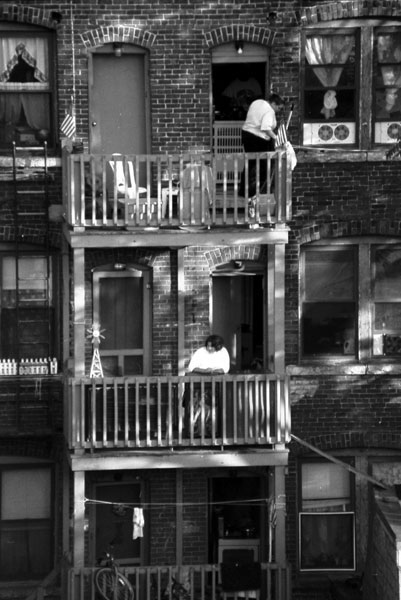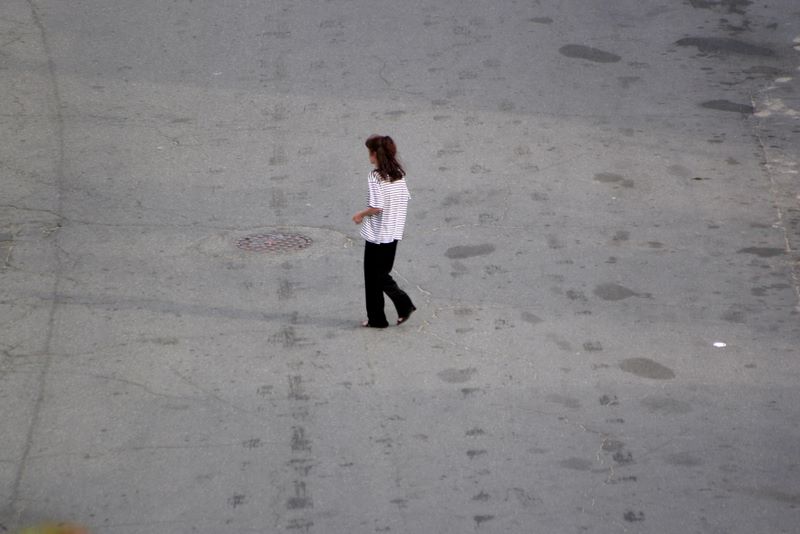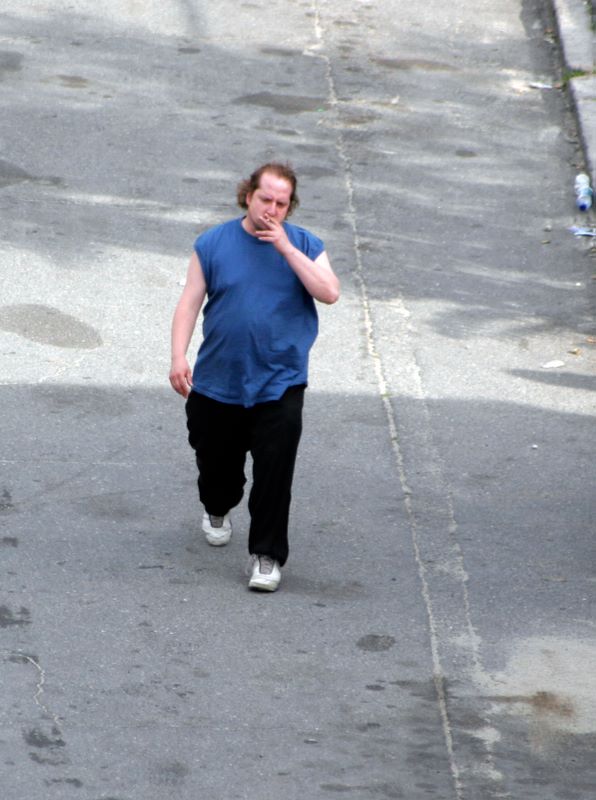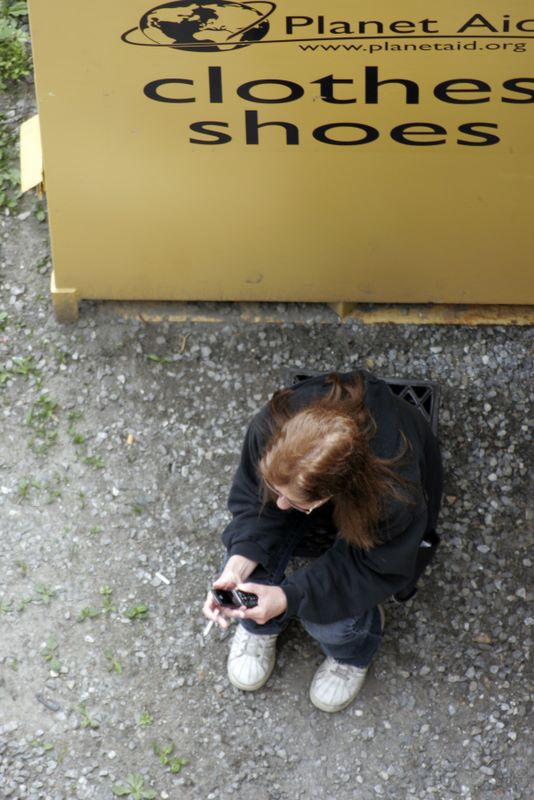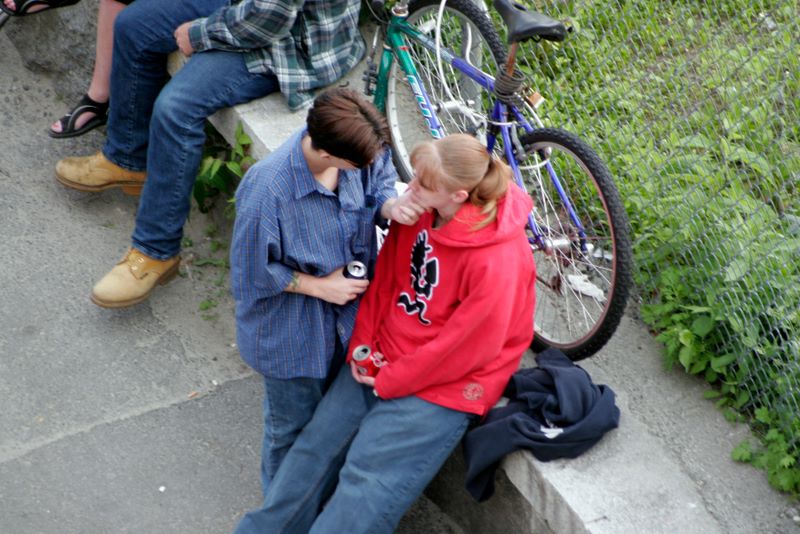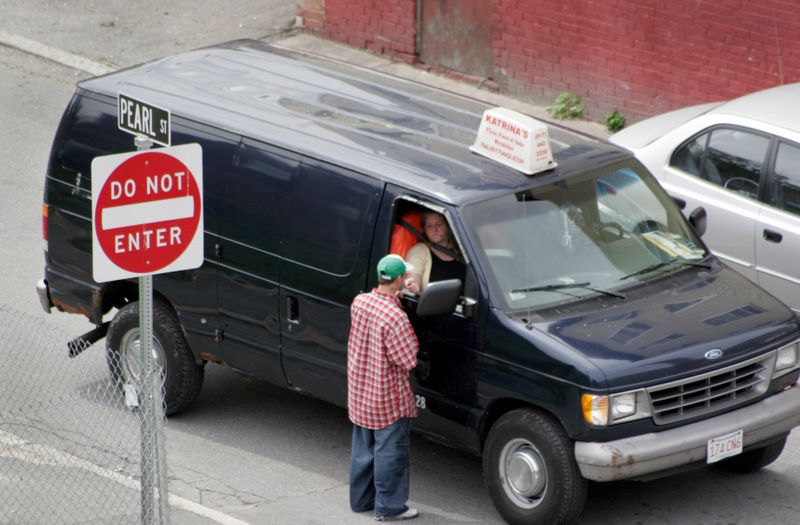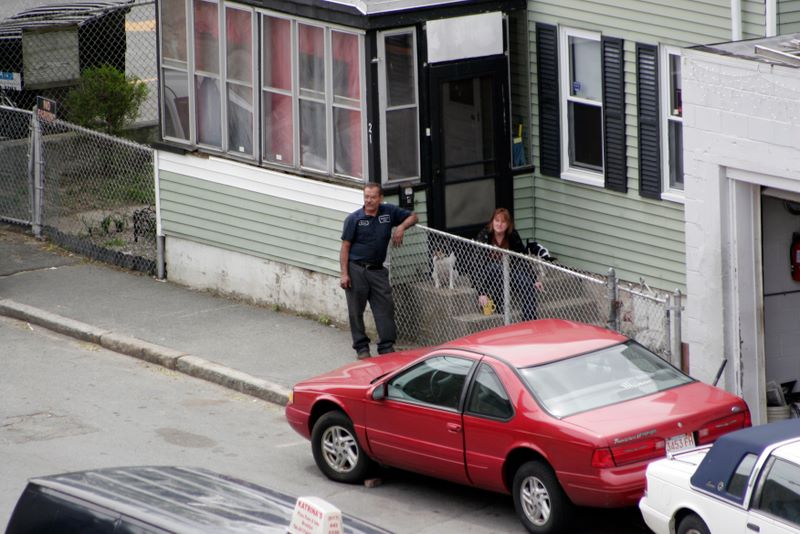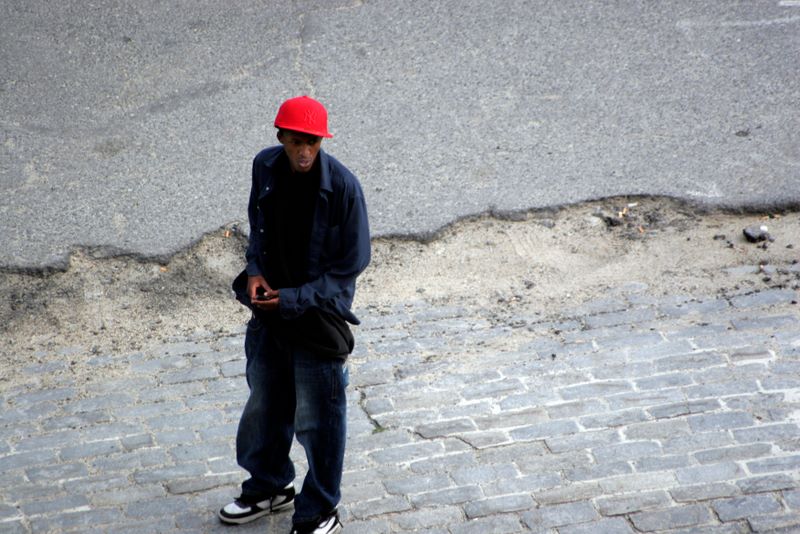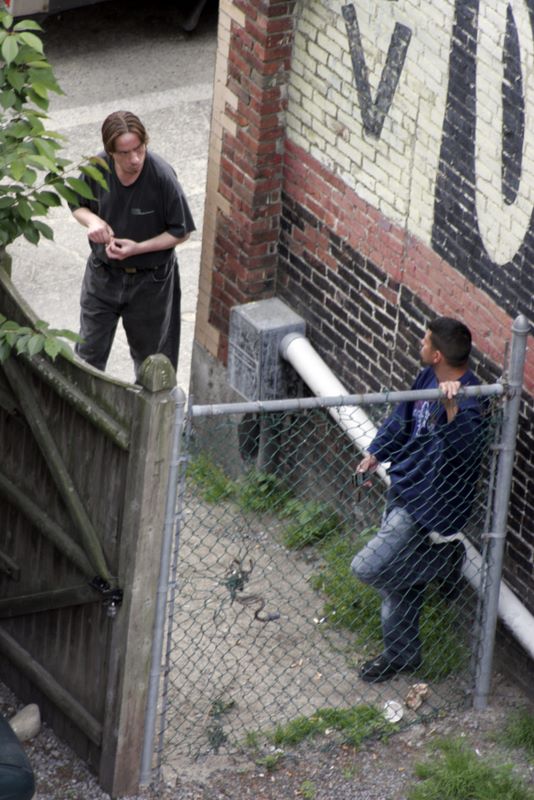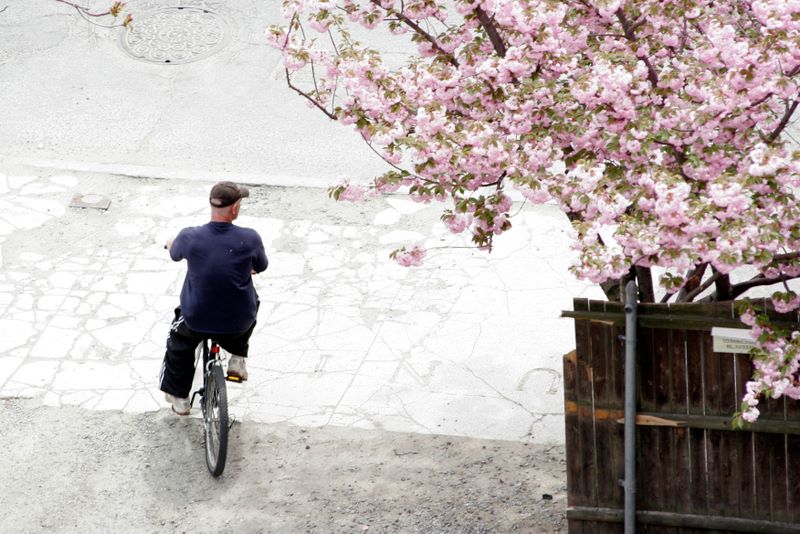Lowell, Massachusetts
(2005-2009)
Portrait of a neighborhood in transition. Jackson, Appleton, & Middlesex Streets in Lowell, Massachusetts.
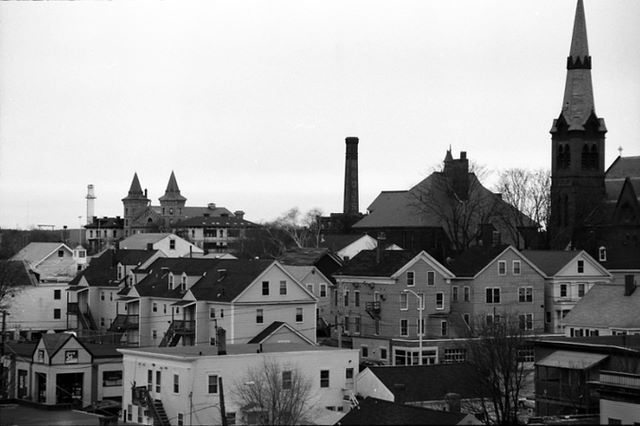
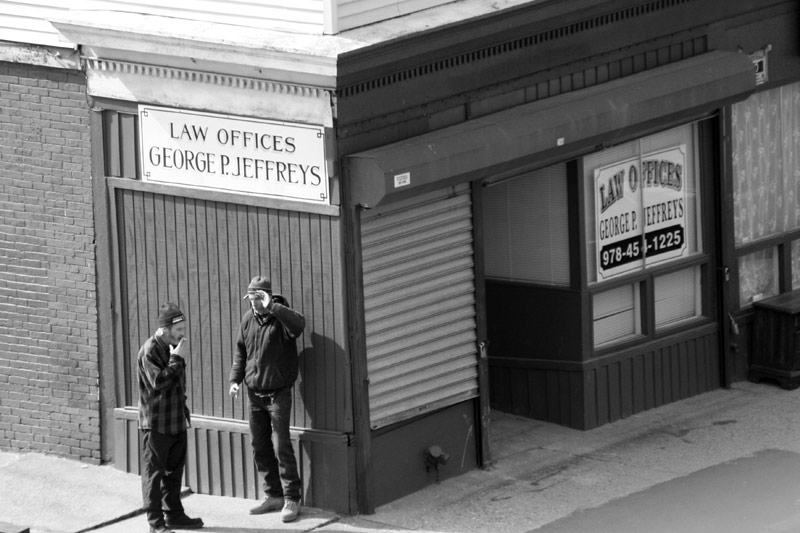
I lived in Lowell for nearly a decade, during a time of rapid change within the community. Once upon a time, during the Industrial Revolution, Lowell was a powerful cotton mill city buzzing with workers and wealthy mill owners.
After the cotton mills left town in the 1920s, Lowell fell into poverty and disrepair, struggling to find its purpose. The crack epidemic of the 1980s and 90s hit the community hard (as seen in the 1995 documentary filmed in Lowell, High on Crack Street). The giant cotton mill buildings remained largely empty and in shambles, with their roofs caved in and bricks crumbling.
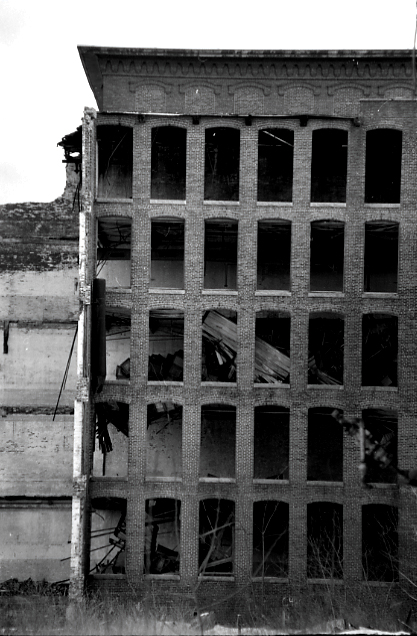
In the early 2000s, developers started buying up some of these old dinosaurs, gutting their interiors, and installing bright open-concept condo units inside. It seemed the city had finally found a purpose, as an outpost for young professionals that were being priced out of towns closer to Boston on the train line—People willing to pay a quarter of a million dollars to live in an old brick town, in a run down neighborhood, which they were promised would get “cleaned up” very soon. The new residents glanced nervously over their shoulders at night, discarded dirty needles from the building’s dark stairwells, and chatted quietly in the hallways about when the homeless shelter might be moved “somewhere farther out.”
But looking out to these streets, I discovered a rich and complex world, full of lives lived in the open, unguarded interactions, and untempered emotion. Real people who wouldn’t cease to exist after being “cleaned up” and shuffled out of sight.
